Since our hotel in Siem Reap included a tuk-tuk driver throughout our stay, we were able to spread our visits of the ancient Angkor sites over our three days there. Angkor is located about a 15-20 minute tuk-tuk ride north of Siem Reap. Angkor itself comprises a huge area, all of which is considered a national park. Within this area are countless temples and ancient cities to explore. We purchased a 3-day pass which gave us unlimited access to all the temples for 3 full days. Our driver helped us plan out a route each day and would drop us off at each site, wait for us and then drive us to the next site. We decided to put all of the ancient sites we saw into this post, the length of which should give you some idea as to how large an area this is - and we only scratched the surface.
Guide or Self-Guided Tour
You can hire an official local guide to accompany you on your tour of the sites, which could be very helpful, depending on the guide. We saw some guides in the temple that spoke very poor english or spanish, while others sounded like great storytellers (we were a little jealous we didn't have one of those guides). We didn't hire a guide as we wanted to move at a pretty rapid pace. Instead, we bought a guidebook, a variety of which can be purchased from local people outside any of the major Angkor sites.
Attire
There is a dress code that mainly applies to women when entering certain parts of the temples. Legs must be covered (pants, long skirt or capris are fine), as well as shoulders. A scarf draped over the shoulder does not always pass! Always carry around a high-collared short-sleeved shirt. On the first day, I wore cargo pants, sneakers, a tank top and brought a short-sleeved shirt. I was incredibly hot and uncomfortable. That same day I purchased a long skirt at the night market, which I wore with sandals the following days and this was much more bearable. I still cringed when I had to put on my short-sleeved shirt in the heat and humidity!
Temples
Here are some of the notable sites we visited over the next few days:
Angkor Thom
The largest complex within Angkor, Angkor Thom is one of the newest cities at Angkor and one of the largest of all Khmer cities (Khmer is the predominant ethnic group in Cambodia). Angkor Thom translates to Great City and it was built in the 12th century and remained in use until the 1600's.
We finished our first day of temple-hopping by visiting Ankgor Wat for sunset. Angkor Wat is the largest of all the Khmer temples, and today remains the largest religious monument in the world. It was built during the 1100's. The temple complex sits on a large area of land in the southern part of the Angkor area, closest to Siem Reap, and is surrounded by a huge moat. The best times to visit Angkor Wat are at sunrise and sunset, in order to see the temple in the most beautiful light. After visiting at sunset on our first day, we got up early to see sunrise on our third day in Siem Reap.
This is one of the oldest temples at Angkor, dedicated in the year 907 and served as the temple of the earliest Angkor capital city. It sits on, and was built out of, a large hill which today overlooks Angkor Wat. It is known as the best place to see sunset. We went here for sunset on our last day in Siem Reap. While the views were beautiful, the temple was absolutely mobbed with people, taking away from the experience. We actually left before the sun set because it was so crowded. On our way down the hill, we noticed some great viewing platforms along the path, which were better places to see the sunset and what we'd recommend doing!
This was one of the last temples we visited and ended up being one of our favorites. We visited on our final day at Angkor after seeing the sunrise at Angkor Wat, so were still early enough to avoid seeing lots of other visitors. This temple was built in the late 12th century and reminded us a lot of Ta Phrom (the Tomb Raider temple) in that much of it has not been reclaimed and is still overrun by trees and vegetation. In addition to being a temple, it is thought that Preah Khan was also a Buddhist university, with over 1,000 teachers.
Another of the older temples at Angkor (mid-900's), this was a very pretty temple that afforded great views after climbing to the top.
This site is a bit farther from Siem Reap - about 45 minutes by tuk-tuk from most of the other sites at Angkor. Built in the late 900's, this temple is known as the Citadel of Women or the Citadel of Beauty. It was not a royal temple, but was built by Brahmin priests. It is notable for its very compact size and the intricacy of many of the stone carvings. One additional benefit of visiting this temple is that you'll pass by the hugely interesting Cambodian Land Mine Museum, which we'd highly recommend. We'll talk about this museum in the next post.
This one is also located a bit farther away, but closer than Bantreay Srei (although both are in the same direction so can be visited together).
It is possible to see many of the major Angkor sites in just one day, though it will be a very full day. Here's our suggested itinerary that will let you see all the highlights at their best:
1. Sunrise at Angkor Wat. Be sure to leave early enough to get your tickets and make it to the temple while it's still dark. Stay outside the main part of the temple to watch sunrise, but save the inside for later. Once the sun is up, head out.
2. Ta Phrom and Preah Khan - These will get very crowded later in the day (Ta Phrom in particular), so try to beat the crowds to experience the most serene atmosphere.
3. Back to Angkor Thom - it will be crowded, but is fairly spread out so it won't feel too crowded. Make your way through 4-5 main sites in the complex.
4. Depending on what time it is, check out Pre Rup. You will want to allow enough time to be back at Angkor Wat by 4pm, so skip this one if you need to.
5. Back to Angkor Wat at 4pm to see the interior, climb to the top, and take pictures in the beautiful light of sunset. Unfortunately they'll kick you out at 5:30 before the sun actually sets, but it's still worth it!

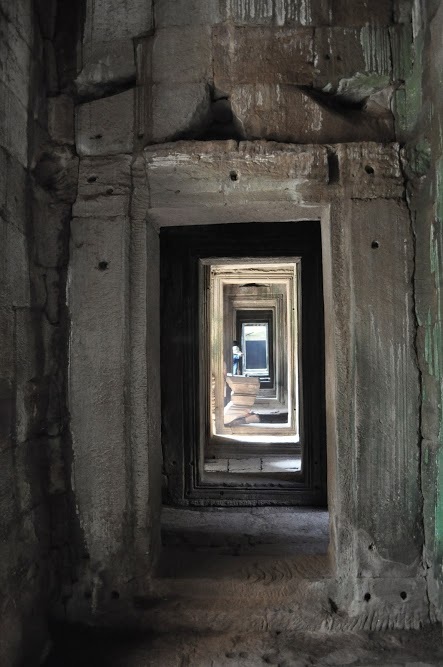
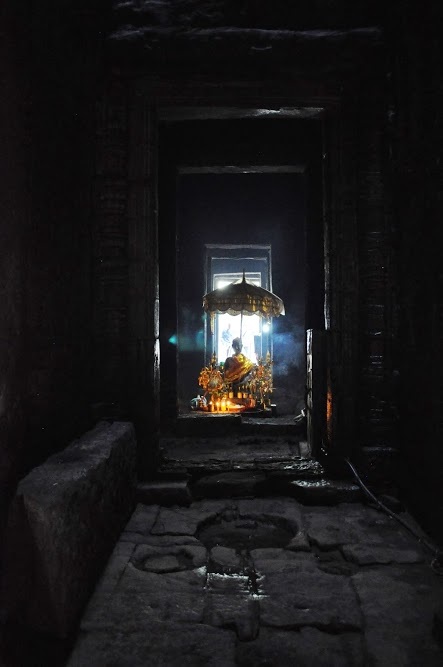
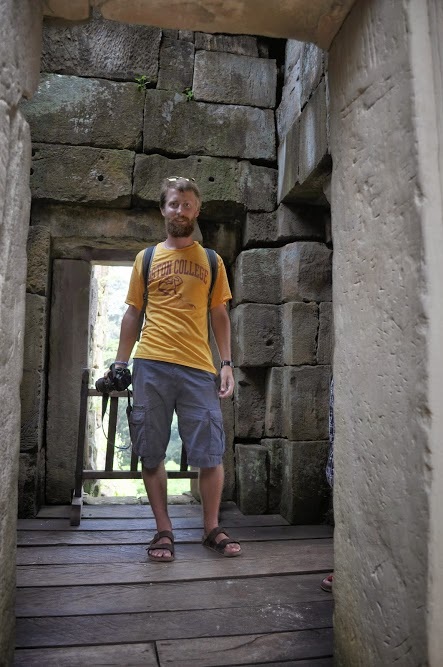
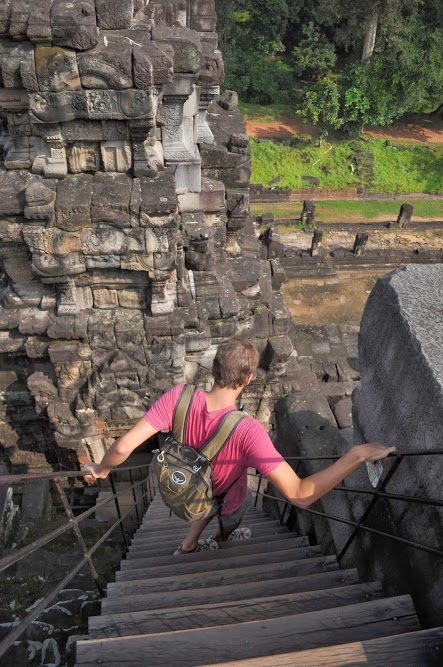
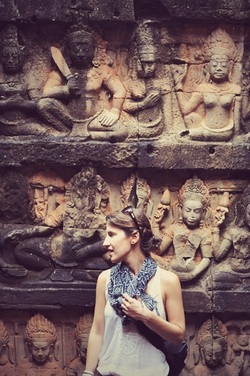
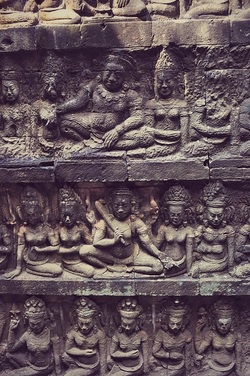
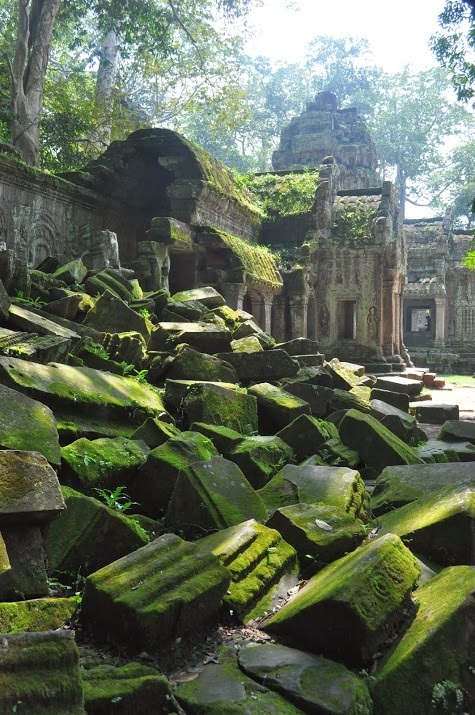
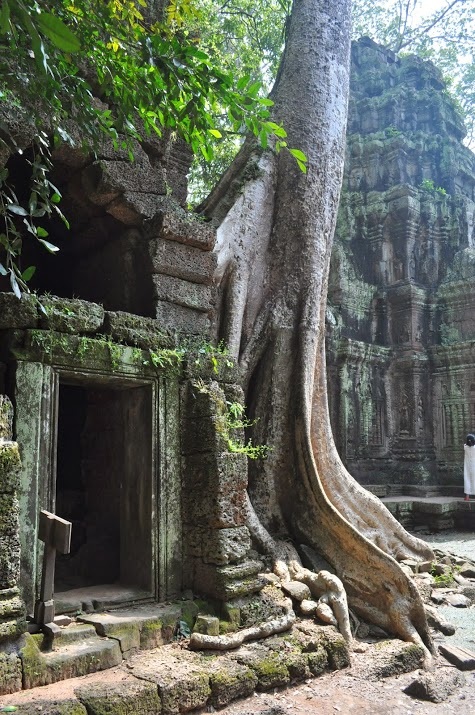
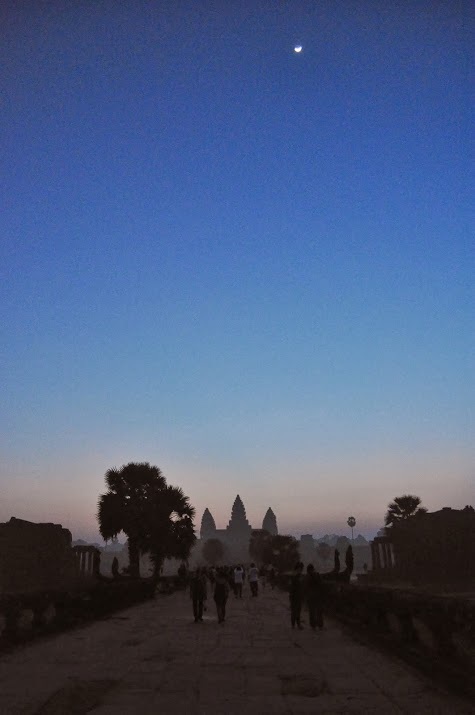
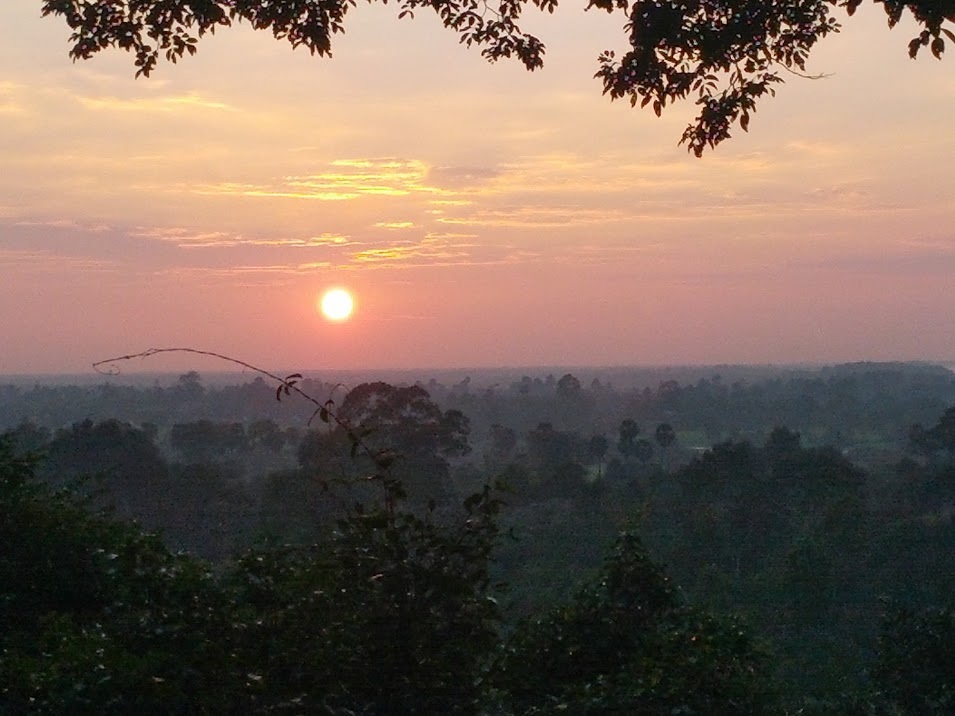
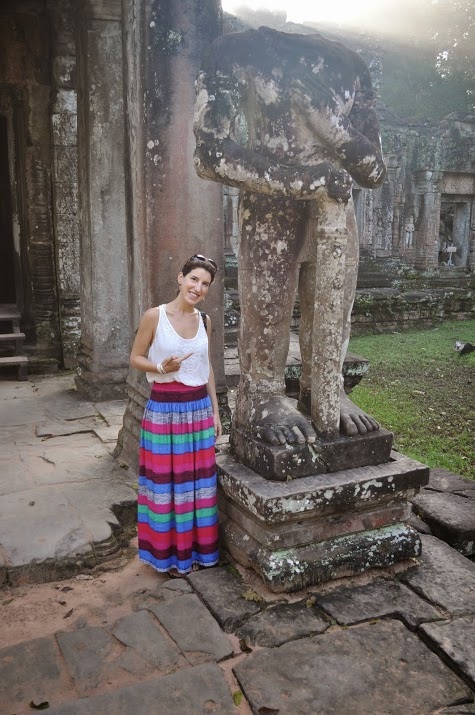

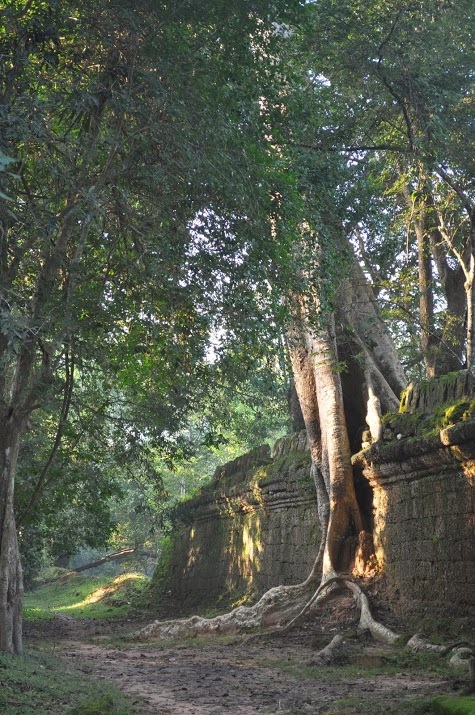
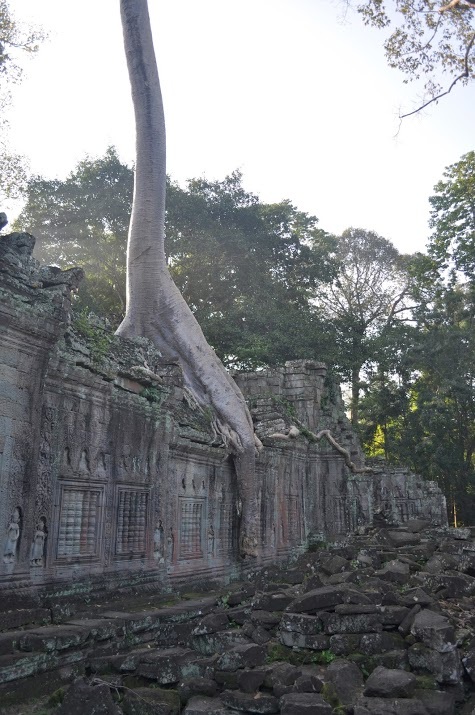
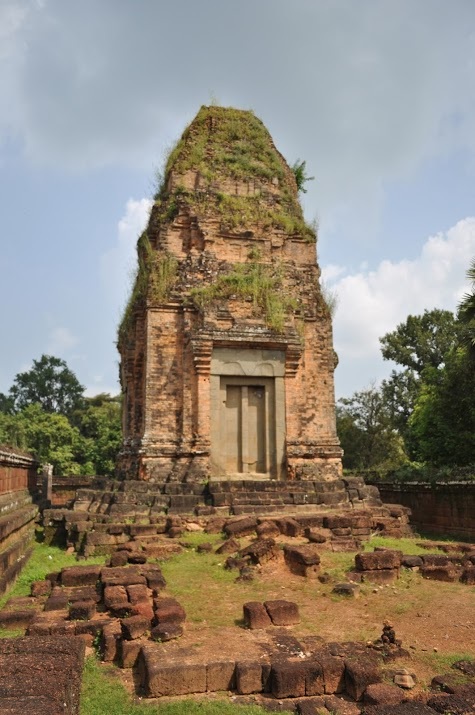
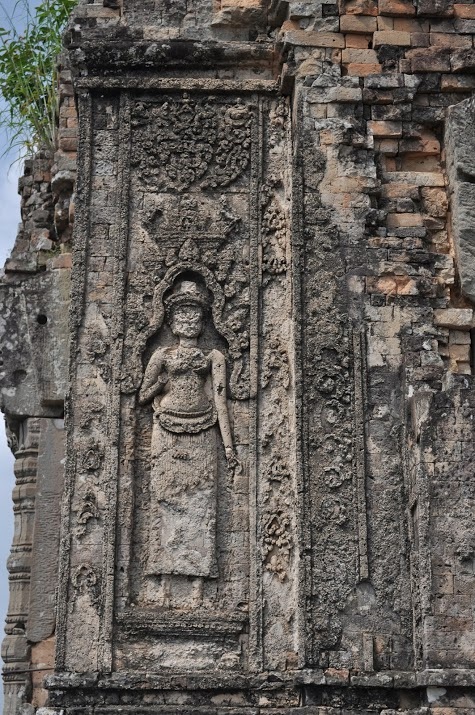
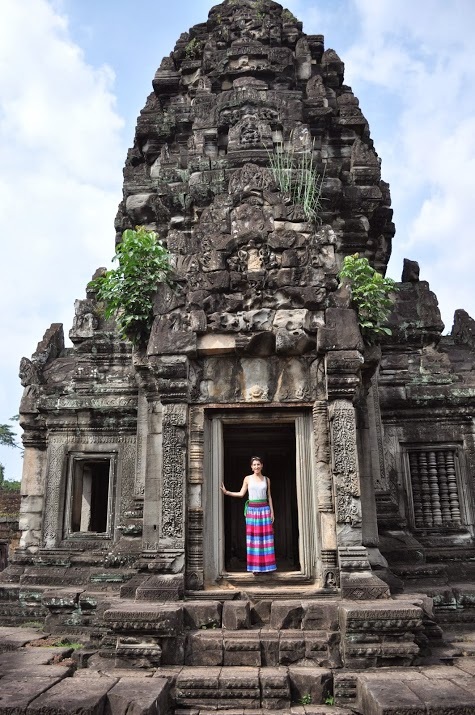
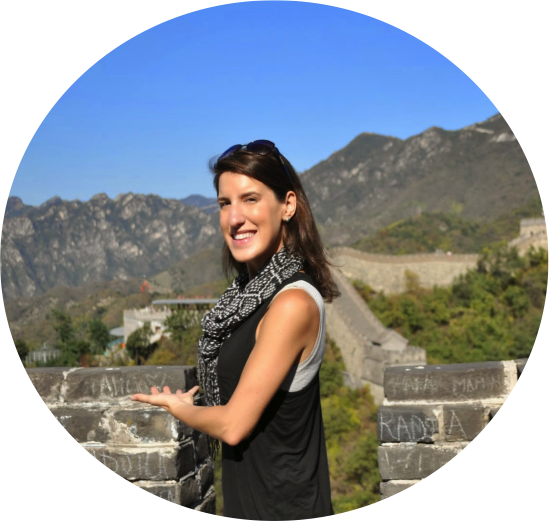
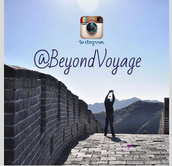
 RSS Feed
RSS Feed
